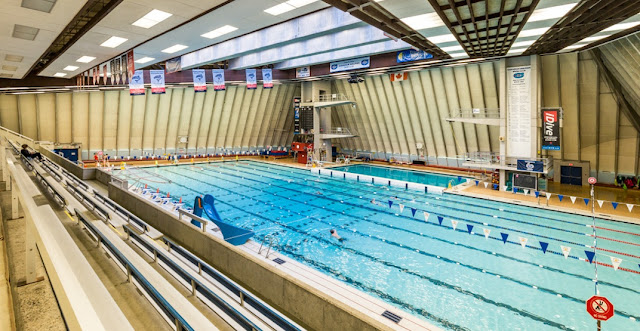Vancouverites could be forgiven if they have started to wonder what has happened to their beloved city these days. It all started with Expo 86 of course, when we were all so anxious to show off our magnificent location to the world and embrace the spirit of boosterism that went with the cleaning up of False Creek and the inauguration of a new driverless transit line called Skytrain. And sure enough the world took notice.
Before we knew it there was a construction boom and high-rise apartment buildings were going up all over the place. Overseas money was pouring into developments that were grander, richer, and more fantastic than anything ever constructed before. And property values started to skyrocket.
New high density neighborhoods were popping up in areas like Coal Harbour, the River District, Yaletown, Olympic Village, and the Cambie Corridor, with many others in various stages of planning. This didn't even count the even bigger developments taking place throughout Burnaby, Coquitlam, Surrey and Langley not to mention the North Shore. And in spite of all this supply the prices kept rising.
With all this new housing, traffic on the main roads is at the breaking point and the transit system can barely keep up with the demand. The original Skytrain line from Surrey to Downtown continues to expand with routes throughout Burnaby and Coquitlam, and out to Richmond and the airport. Construction has now started to bring it out to UBC in the west and Langley in the east with planners now looking to find a way to the North Shore. And of course everything is already years behind.
Then there are the unsexy, hidden parts of the city that have to be expanded to handle all of this development. Clean water, a sewage system, and other utilities like natural gas, electricity, and Internet connectivity. With this comes endless disruption as streets are repeatedly dug up and patched. And of course everything goes hopelessly over budget.
From approximately 1.5 million in 1986 to 3 million now, the Metro Vancouver population has doubled since Expo 86 and Vancouver itself has gone from 430,000 to over 600,000 residents. The neighbouring municipalities have also seen rapid growth with Surrey projected to pass Vancouver in population in the next few years. Where all these people have come from is a mystery.
However, in the midst of all this construction there is one thing the City has not kept up with and that is the Parks & Recreation facilities and Community Centres. Vancouver hasn't built a new community centre or swimming pool since 2009 and most of the inventory is more than 50 years old. There a total of only 8 indoor swimming pools of 25 metres or more in length and, with the exception of the Hillcrest pool, they were all in place before 1986.

In 1986 there was one pool for every 55,000 residents and now in 2025 there is one pool for every 75,000 residents. With the planned closing of the Aquatic Centre in 2026 this will bring it down to one pool for every 85,000 residents. Not only has the City failed to keep up with the facilities required for a growing population they have also failed to maintain the ones they have. There used to be 9 outdoor pools in Vancouver and now there are only 4 with one of them, Kits pool, chronically out of service and 2nd Beach pool is still waiting for the showers and changerooms they were promised 30 years ago when the pool was built in 1995. In contrast Montreal has 74 outdoor pools and Toronto has 57.
The Community Centres and Recreation Facilities are what gives the various neighbourhoods their identity and provides a measure of human scale amidst the concrete jungle. For many folks these facilities are their church, and provide a source of both mental and physical health. In their absence the city becomes increasingly impersonal and residents lose their connectivity with where they live. Of course money is always the issue but with all the money being made by developers there was supposed to be something called Community Amenity Contributions that would go towards providing pools, parks, community centres, improved transit, and other services for an increasingly congested city.

With every new development the City continues to grow but it's also been slowly losing its soul. Rising property values are pushing out the small merchants that provide character to a neighbourhood and drugs and homelessness are everywhere you look. With many apartments owned by absentee investors, buildings are dark and there aren't the expected number of people living in a given area to support the shops and restaurants.
Yes times have changed, and we have gotten what we indirectly asked for but one can't help but feel nostalgic for less crowded streets, streets that were free of homeless people hunched over in drugged out oblivion, and well maintained streets and public facilities. Never mind housing and rental prices that are within reason. Vancouver has certainly been discovered but, for those who live here, it's in danger of becoming lost.










.jpg)
.webp)





.png)






.png)
















.webp)







